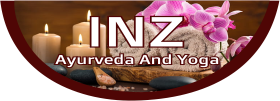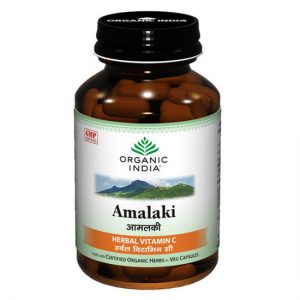Therapeutic Ayurveda Treatment
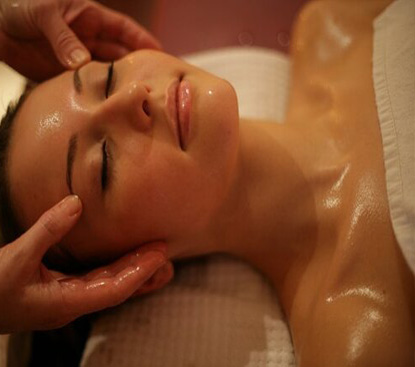
Any Consultation $35
Shiro Abhyanga
Ayurvedic Head Massage:
It stimulates the flow of blood to the follicles, improving the supply of nutrients needed for healthy hair growth & to make them strong.
30 minutes – $35/$60 (Excluding GST)
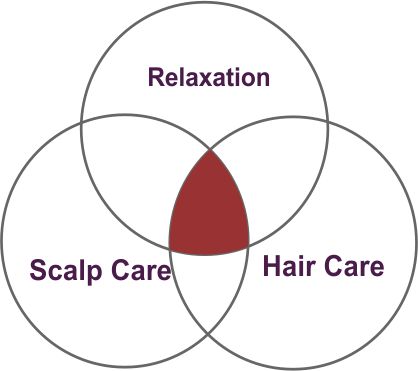
head spa
Indian head massage or champissage is based on ancient Indian ayurvedic healing system. Friction on the upper three chakras-vishudhi, goverening the throat region and its associated organs, ajya chakra-the third eye point, located on the forehead, centre of the wisdom and the sahastra chakra or the master chakra associated with the pineal plexus and found at the crown of the head, combined with visual and auditory stimuli allow the innate healing energy to rebalance and harmony.
The method begins with treating of head with oil to provide necessary nourishment.
Massaging the scalp stimulates the flow of blood to the follicles, improving the supply of nutrients needed for healthy hair growth and to make them strong. After the massage, steaming is an important part of this procedure since it helps to open the pores on the scalp. It removes all impurities (dead cells and extra sebum), relives tension in the head, neck and shoulders stimulating microcirculation.
Life stress is the main concern of today’s busy life. Head spa is not only invaluable treatment of this monster and a general sense of relaxation, clear and focused mind but helps to relieve stress linked problems likemigrain, tension headaches, eye strains, and neck and shoulder stiffness. Moreover it makes the hairs strong, bouncy, dandruff free and shiny.
30 minutes – $35/$60 (Excluding GST)
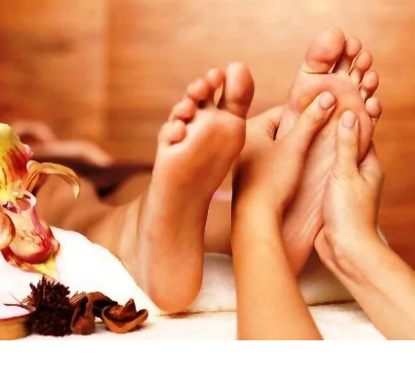
Pada abhyanga
Ayurvedic Foot Massage:
For all body constitutions: vata, Kapha, especially Pitta
This highly relaxing Ayurvedic foot massage uses special Ayurvedic oils and is not only revitalizing for tired feed and legs, but as the feed contain key energy and nerve points relating to the whole body also harmonizes and relaxes the entire body. This massage improves blood circulation helps in preventing (or treating) varicose veins and also reduces swelling and soreness in the lower leg region Book a massage.
30 minutes – $35/$60 (Excluding GST)
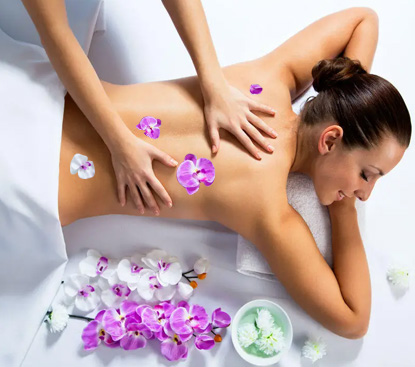
Pristha abhyanga
For body constitution Pitta especially Vata & Kapha
IPrecious herb-infused Ayurvedic oils are used for this muscle relaxing and revitalising massage which relieves back ache improves the blood circulation to the muscles of the back and releases tensions and strains throughout the body It also promotes the flow of energy throughout the body through activating the energy channels in the body and relaxes and strengthens the nervous system.
45 minutes – $50 (Excluding GST)
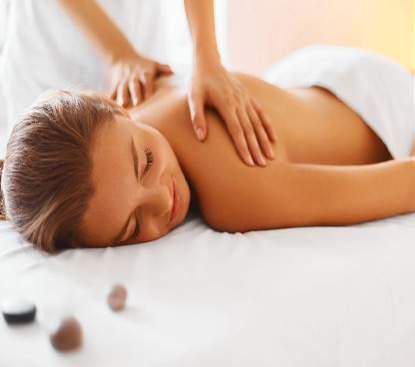
Relaxing Or Marma Massage
- In Ayurvedic relaxing massage, we use medicated oils and specific strokes relevant to body’s constitution and present imbalances.
- It unblocks stagnated 107 marma points (energy points) which induces a more rhythmic energy flow and leaves you feeling more relaxed and rejuvenated.
- The massage finishes with the head being massaged with the medicated oils as well. This helps to bring balance between the mind and body and stabilize the nervous system.
- It counters joint stiffness, arthritis, mental and physical fatigue and aids with sleep.
- It slows down the ageing process by improving skin texture and complexion.
- Relaxing massage is particularly suited to conditions involving stress or improving emotionally-related conditions.
60 minutes – $60 (Excluding GST)
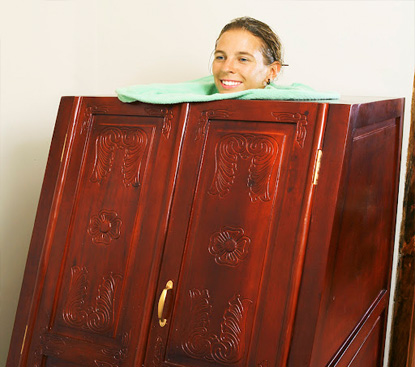
Abhyanga
Special herb-infused Ayurvedic oils are slowly warmed up and gently massaged into the skin. The massage is deeply relaxing and harmonises detoxifies strengthens and revitalises the entire body. The massage also improves lymph flow a stimulates the immune system further more whilst providing and tired person with new energy it simultaneously calms and strengthens the nervous system.
In this massage we try to scrap the toxins from body with different kind of strokes and just after massage you have to sit in a steam chamber. In that steam chamber we put the medication according to your body constitution. That medicated steam opens your skin pores and all the toxins come out from body as a sweat. In this way body get detoxified and helps to loose the weight.
90 minutes – $79 (Excluding GST)
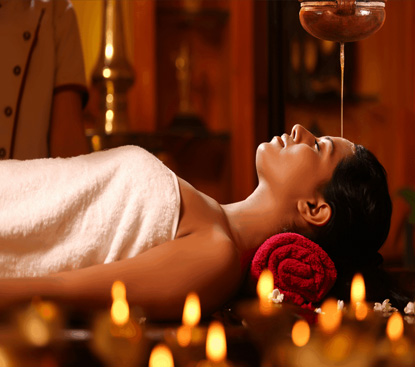
Shirodhara
For all body constitutions: Vata, Pitta, Kapha
Dripping
30 minutes – $49 (Excluding GST)
Dripping 30 min + Back Shoulder + Head Massage
60 minutes – $79 (Excluding GST)
Dripping 30 min + 60 min Whole Body Relaxing + Head Massage
90 minutes – $95 (Excluding GST)
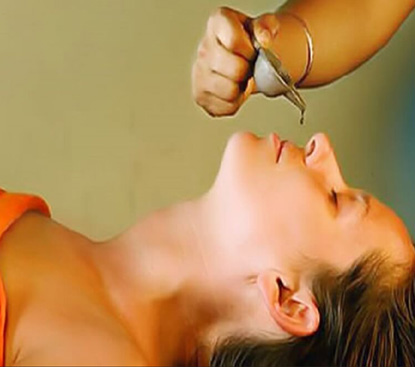
Nasya Treatment
- Opens and clears breathing channels.
- Beneficial in frequent colds.
- Great relief from sinusitis, migraine, headache and allergies.
- Good in voice hoarseness.
60 minutes – $79 (Excluding GST)
90 minutes – $95 (Excluding GST)
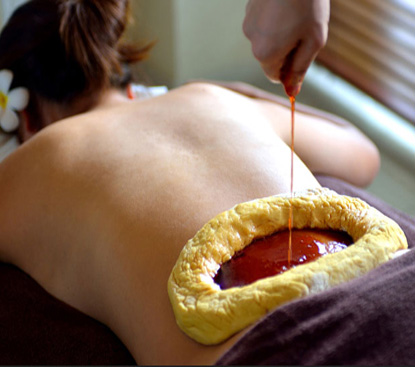
Kati Basti Treatment
A dough from special grains which is shaped into a small ring and placed on the affected area and is then filled with warm medicated oil. The oil is retained within the ring at a specific temperature for a specific time. This helps the oil to penetrate deeper into the tissues, softening the stiff and tight muscles.
After a specific period, massage is done on specific marma points around the affected area to repair ligaments and tendons, followed by a localised herbal medicated steam to deepen the effect. This helps to soften the stiff ligaments & tendons and to accelerate the repair of damaged tissue.
60 minutes – $79 (Excluding GST)
90 minutes – $95 (Excluding GST)
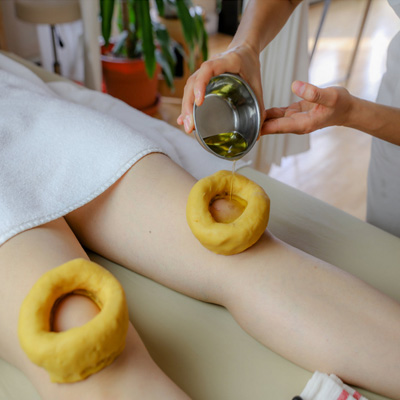
JANU BASTI
The knee joint is called Janu Sandhi in Sanskrit; hence the name Janu Basti is given to the proceduredone on knee joints. In this the knee joint is bathed with warm medicated oil or freshly prepared herbal decoction. Depending on the condition it can be practiced over both the knee joints or on one knee joint. Knee joints are considered as sandhi Marma in Ayurveda (joint type of vital areas) which measure about three fingers (three anguli pramana).So the janu vasti is specialized knee therapy or massage which rejuvenate the janu marma.
Treatment Method:
- The person is made to lie on his back on the massage table (Droni).
- Reservoir made of black gram dough is built upon the Knee Joint. The dough ring should be such that it covers the knee joint.
- After ensuring the ring is leakproof, the lukewarm medicated oil or herbal decoction is slowly poured into it. When that cools down, it is squeezed out with cotton gauze and the procedure is repeated.
- At the end of the procedure, the ring is removed and the affected area may be gently massaged The person is then made to take rest for a short while.
Benefits:
- Pacifies aggravated Vata dosha in the knee region.
- Restores the lubricating fluid in the joint and maintain integrity of the structures involved in the joint.
- Removes stiffness and pain in Knee joint.
- Protects knee joints from age related changes.
- Increases blood circulation; thus strengthens and nourishes the knee joints.
- Improves the mobility of the knee joints (knee flexion and knee extension).
It is indicated in the following conditions:
- Osteoarthritis of knee joints
- Osteoporosis
- Arthrosis of knee joints
- Chronic pain of the knee joint
Duration of treatment: 60 minutes -$79 (Excluding GST)
Duration of treatment: 90 minutes -$95 (Excluding GST)

Panchakarma
Ayurvedic Detoxification & Rejuvination
Human body is wonderful in its natural healing capability. It continuously keeps rejuvenating itself. But whenever the Doshas (Vata, Pitta, and Kapha) are severely imbalanced and the toxic substances are formed in large amounts, the natural capability of the body to heal itself gets blocked. To correct this situation, Ayurveda offers us the gift of “Panchakarma”, the science of detoxification and rejuvenation. Panchakarma can be divided into two words: “Pancha” meaning five and “Karma” meaning actions. Hence, when put together the phrase means five actions or steps towards detoxification and rejuvenation.
During this process of cleansing, various systems are first freed of all toxins, excess Doshas are eliminated and the body is rejuvenated.
Ayurveda gives immense importance to the digestive system. The digestive system is divided into three parts based on the Doshas. The upper part of the digestive tract till the stomach comes under Kapha Dosha. The middle part of the tract from the lower part of stomach to the small intestines comes under Pitta Dosha. The lower part of the tract from the colon to anus is categorised as Vata.
Purvakarma (Preparation phase): In this phase the body is prepared for the main phase which includes the five actions. As already mentioned, the digestive tract holds immense importance in Ayurveda. During the preparation phase, excess Doshas and Ama are drawn towards and into the digestive system. Excess Kapha gets accumulated in the upper part, excess Pitta gets accumulated in the middle part and excess Vata is accumulated in the lower part of the digestive tract. To make this happen, various oil therapies (both internal and external) are administered. For internal oleation, ghee or clarified butter is given in small amounts everyday till the excess Doshas are collected in the digestive tract. Simultaneously various external therapies, for e.g. whole body massage, Shirodhara etc are given. During this phase the client’s food is also regulated to suit the Panchakarma procedure.
Basti (medicated decoction and oil enema): Both decoction or oil enemas are given alternatively to remove excess Vata Dosha, which has been collected in the lower part of the digestive tract, from the body. Indications for Basti treatment are constipation, general pains in different parts of the body, paralysis, epilepsy, bone pain and skeletal conditions and other Vata conditions. Contra-indication include diarrhoea, bleeding from the lower part of the digestive tract, very weak patients etc.
Nasya (nasal administration): Medicated oils are administered in each nostril to remove excess Kapha Dosha accumulated in the head and neck region. Indications are sinusitis, problems in breathing, heaviness in head etc.
Raktamokshana (blood letting): In olden days leeches were used (now a days blood may be removed with a needle and syringe) to remove excess blood from the body which in turn removes excess Pitta Dosha from the body. Indications are skin problems, eczema, abscess, haemorrhoids, etc. Contra-indications may include severe bleeding disorders, low blood pressure etc.
During the administration of the above therapies, the patient follows a specific diet. Food should be warm, nourishing, light and easily digestible. One should avoid excess spicy, sour, salty foods. Kitchari (a combination of rice, mung beans and some mild spices) is widely suggested during Panchakarma. One must avoid strenuous physical activities, late nights, alcohol, smoking etc.
General contra-indications for Panchakarma: Very weak patients, very old or very young people, pregnancy, certain heart conditions etc. In such cases Shamana therapy may be administered.
One should undertake Panchakarma procedure at least once every year. Panchakarma is not only for people suffering from diseases but also for healthy people who want to maintain good health and long life. Panchakarma is usually done at the junction of two seasons (e.g. between summer and autumn). Panchakarma can be done in 2 weeks.
Panchakarma is a special procedure which requires guidance and supervision of a properly trained Ayurvedic practitioner. Each person receives this treatment in a tailor made format to suit their body type and medical problems, if any. Other medical conditions like high blood pressure, heart problems, bleeding conditions etc are also taken into consideration before designing a protocol for a patient (as these may form a contra-indication for certain therapies). Always consult a fully qualified Ayurvedic practitioner if you wish to receive Panchakarma therapy.
SHIRO ABHYANGA

DETOX MASSAGE

DIET AND LIFESTYLE PLAN

GIFT VOUCHER

SHOP NOW
ASK A QUESTION
